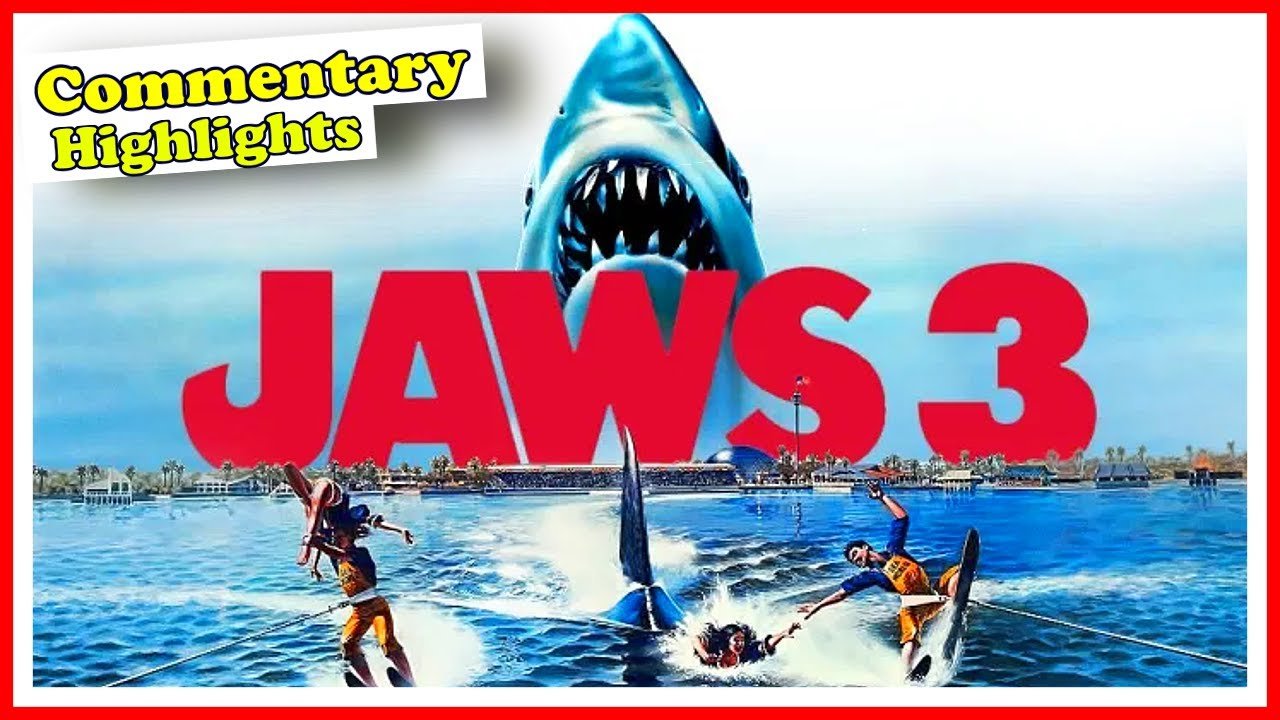There are certain films that leave a mark far beyond the theater, influencing not just the art of filmmaking, but also how people think, feel, and behave. One such film is Jaws, a cinematic masterpiece that redefined suspense, launched a legendary director’s career, and transformed an entire genre. But more than just a thriller about a shark, it became a cultural event, embedding itself into the collective imagination for decades.
A Simple Premise, An Immense Impact
At its core, Jaws tells a relatively straightforward story: a great white shark begins attacking beachgoers in a small American town, leading the police chief, a marine biologist, and a grizzled fisherman to hunt it down. But what made the film stand out wasn’t just the plot—it was how the story was told.
Released in 1975, the film was directed by a young Steven Spielberg, who at the time was still making a name for himself. What he achieved with this project was nothing short of revolutionary. Using innovative camera techniques, minimal but effective special effects, and a haunting musical score, he created a level of suspense that kept audiences gripped from start to finish.
The Power of What You Don’t See
One of the most striking aspects of the film is how little the shark actually appears on screen. Due to technical issues with the mechanical shark, Spielberg was forced to shoot many scenes without showing the creature at all. Ironically, this limitation became the film’s greatest strength.
By hiding the shark and focusing on characters’ reactions, ominous music, and underwater shots from the predator’s point of view, the fear became psychological. Viewers were forced to imagine the danger, which often proved more terrifying than anything visible. This technique would go on to influence countless films in the horror and thriller genres.
Music That Made History
The film’s music, composed by John Williams, became an essential part of its identity. The now-iconic two-note motif created an atmosphere of dread so effective that just hearing it could make someone nervous, even without any visual cue. The soundtrack became a masterclass in how music can shape emotion and elevate storytelling. It also won Williams an Academy Award and remains one of the most recognizable scores in film history.
Box Office and the Birth of the Blockbuster
When it was released, Jaws was not just a hit—it was a phenomenon. It broke box office records and became the highest-grossing film of its time, until it was later surpassed by Star Wars. But more importantly, it introduced a new model for movie distribution and marketing.
Prior to its release, films were often released slowly, starting in a few theaters and gradually expanding. This one changed that by opening nationwide, backed by a major marketing campaign. This strategy set the stage for what we now know as the modern summer blockbuster.
Cultural Ripple Effects
The impact of Jaws wasn’t limited to cinemas. It also influenced public behavior and perception of the ocean. Reports of people avoiding beaches, canceling vacations, and developing a fear of sharks were common in the months following the film’s release. The movie turned a natural animal into a symbol of horror, and while it thrilled audiences, it also contributed to a long-standing fear of sharks that still exists today.
Over time, scientists and conservationists have criticized the way the film portrayed sharks, arguing that it led to unnecessary panic and even aggressive hunting of the species. In recent years, efforts have been made to correct the misconceptions and promote better understanding and protection of marine life.
Character and Performance
Part of the film’s lasting appeal lies in its characters. Roy Scheider as the police chief, Richard Dreyfuss as the marine biologist, and Robert Shaw as the shark hunter delivered performances that were both grounded and gripping. The dynamic between the three, especially during the tense scenes aboard the boat, brought depth and humanity to the story.
Their conversations, particularly the famous scene where Shaw’s character recounts the sinking of the USS Indianapolis, added a layer of realism and emotional weight rarely seen in creature features.
A Legacy That Endures
Decades after its release, Jaws continues to be celebrated as one of the greatest films ever made. It paved the way for countless ocean-based thrillers, inspired generations of filmmakers, and remains a go-to example in film schools for how to build suspense. Despite technological limitations, it demonstrated that storytelling, direction, and sound design could be more powerful than special effects alone.
The film also spawned sequels, merchandise, and even theme park attractions. While none of the sequels matched the original’s brilliance, they contributed to the franchise’s place in pop culture.
Conclusion
Jaws is more than just a film—it is a landmark in cinematic history. From its terrifying music to its subtle handling of fear, from its unforgettable characters to its influence on the industry, it has earned its place in the pantheon of great storytelling. While its portrayal of sharks remains controversial, its impact on filmmaking, entertainment, and audience expectations is undeniable.
Sometimes, what lurks beneath the surface—whether in the ocean or in cinema—is more powerful than anything we can see. This film tapped into that idea and reminded the world that true fear doesn’t always come with a face.













Comments are closed